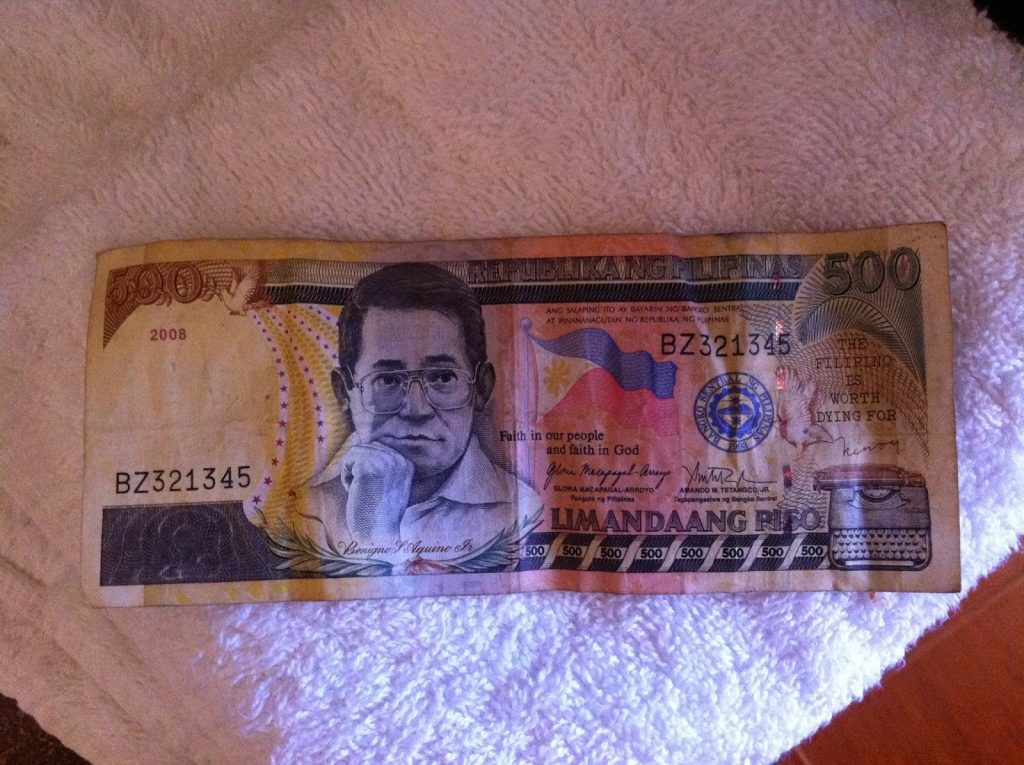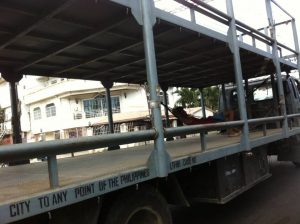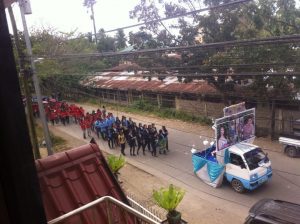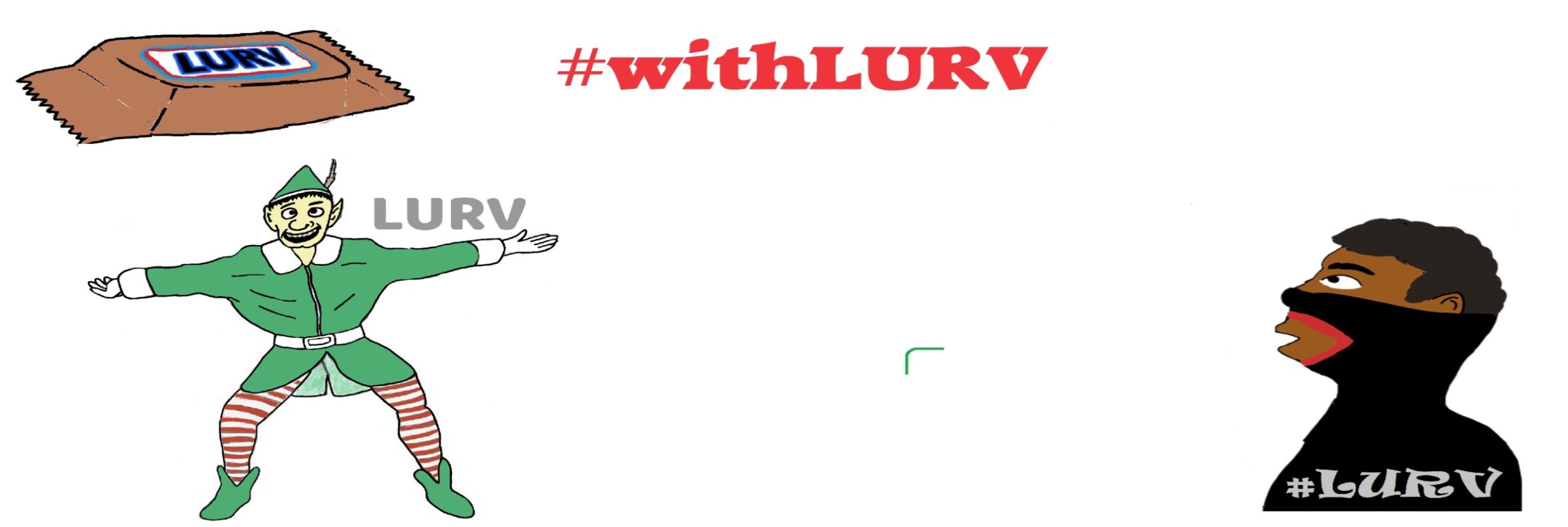I was (am) an American of African descent, a visitor to the Philippines, Cebu area, such as Toledo City. The Philippines as a nation is famous for friendly people. When I arrived, I found out that the hospitality was more than just a rumor, and mostly genuine.
Even in the United States, where skin color was both downplayed as an issue and in your face simultaneously, I tended to forget about that stuff from moment to moment. But in the Philippines, I immediately realized that it  was impossible to pretend like this didn’t matter. Light-skinned Americans (“kanos”) were, if not comomon, at least familiar. I was another kind, it seemed.
was impossible to pretend like this didn’t matter. Light-skinned Americans (“kanos”) were, if not comomon, at least familiar. I was another kind, it seemed.
In rural, provincial, and small town areas, I was anything from a novelty to a freak. I could only assume most of them had never seen an actual black man before. Or maybe it had just been a while. Inductive reasoning? Call it what you will….
I’ll never forget seeing a motor biker nearly wreck as he stared at me. He looked as he approached, he looked as he passed, and he looked over his shoulder, still humming away at 30 mph. Didn’t turn around until the handlebars started getting wobbly.
I remembered a quote by the comedian Bob Newhart: “Sometimes you forget you’re famous. You wonder, Why is that person staring at me?” This wasn’t the same thing but similar.
One travel writer said that, as a white foreigner, he was an instant celebrity. I did not read that until I had returned to the U.S., and even for me, that was true in the Pinas. Some people thought I was from Africa, perhaps. “You are from Uganda?” one teenage boy asked. Knowing no one would know where my Virginia city was, I simply told everyone who asked that I was from Washington, D.C. Everybody had heard of that place.
city was, I simply told everyone who asked that I was from Washington, D.C. Everybody had heard of that place.
But for me, it wasn’t quite the same as being a celebrity, as we normally define one. There was a calculating, hackle-raising spirit to some of the stares. Not every friendly face was so friendly—I could understand more of the Cebuano words than they knew.
There were some cultural differences to be learned on the fly. In part, maybe it was similar to a stranger coming into a small town in America—everyone is going to be a bit wary at the same time they give the stranger lots of attention, no matter what he looks like.
In busy Cebu City, the people seemed more connected and maybe had been watching the NBA or Will Smith movies. Lots of glances, not as many gawks. In both cases, I got more than a few (by American standards) of profane comments in English, Tagalog, and Cebuano (Visaya). The insults would fly with no shame at all. I say “by American standards” because a person in the States would usually (not always) be excoriated by  onlookers if he called out the things I heard. But this was not the States. I was the visitor in their space, and so the talk didn’t offend me.
onlookers if he called out the things I heard. But this was not the States. I was the visitor in their space, and so the talk didn’t offend me.
The only time I felt hurt was when a group of ten-year-old boys yelled, “Nigger go home,” as I walked through a small town neighborhood, because these were children who had been soaking in some grown person’s ignorance and wickedness. My wife and I mostly ignored it… being born again Christians helps in times like those. There is grace to be had.
Watching TV in my motel, I was struck by the same thing I’d noticed from watching Latin shows on Univision back home—light-skinned women were held up as the beauty standard. They were the ones working the malls and in the commercials; the ones on Philippines Box Office (PBO). My wife (fiance at the time) wouldn’t qualify for these jobs, as I have dark brown skin, and she’s just a few notches lighter than me.
This kind of thing was common in pretty much every so-called ethnic group. Everyone with any discernment knew that. So I thought it funny that people in America didn’t like to hear the obvious discussed or written, at least not from me—especially when the Filipinos were so blunt about it.
knew that. So I thought it funny that people in America didn’t like to hear the obvious discussed or written, at least not from me—especially when the Filipinos were so blunt about it.
Truthfully, everybody is blunt and direct about these things. Most of us are crafty about when and where we say it. To me, it was only worthy of a shoulder shrug. I hated the phrase “it is what it is,” but that trite saying fit here.
Related: Cebuano-English lesson #1
In Cebu City, playing basketball with some church youth, one of the young men was as dark as me, and so was his mother, who made much of that fact. I understood without being told that they had been looked down upon in their lives in the Philippines, because they were ‘negritos’ or appeared to be.
Like Americans of any origin, Filipinos are a mix of almost everyone in the world. Some people don’t know that about black Americans, but only because they’ve never been to some family reunions….

